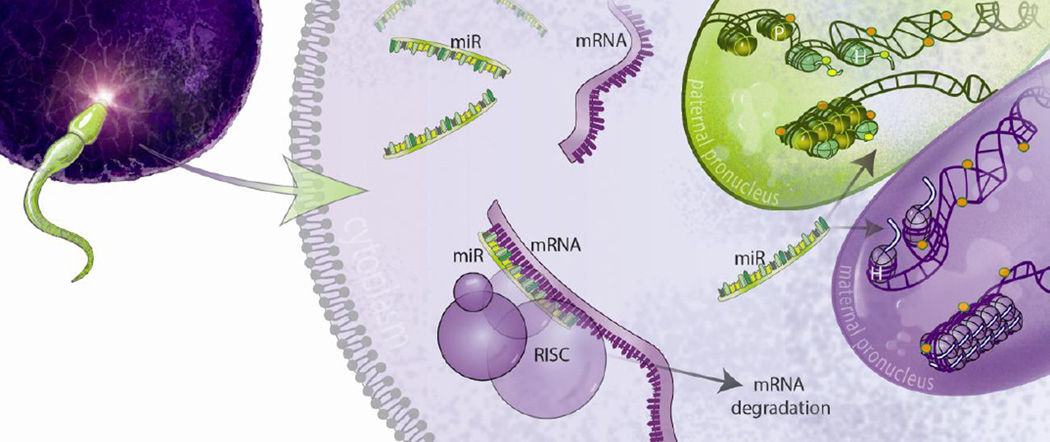Figure 1. Effects of sperm epigenetic marks following fertilization.
Histone modifications, DNA methylation patterns, and small non-coding RNA populations contained in the mature sperm may direct development in the zygote through transcriptional and post-transcriptional mechanisms, initiating a molecular cascade that may eventually impact the brain. Alternatively, these epigenetic marks may persist through development into the adult brain, exerting continual control over gene regulation. By altering these epigenetic signatures in sperm, environmental exposure to chronic stress can ultimately reprogram offspring behavior and/or physiology, influencing disease risk. Illustration by Jay LeVasseur / www.appliedartstudio.com.

